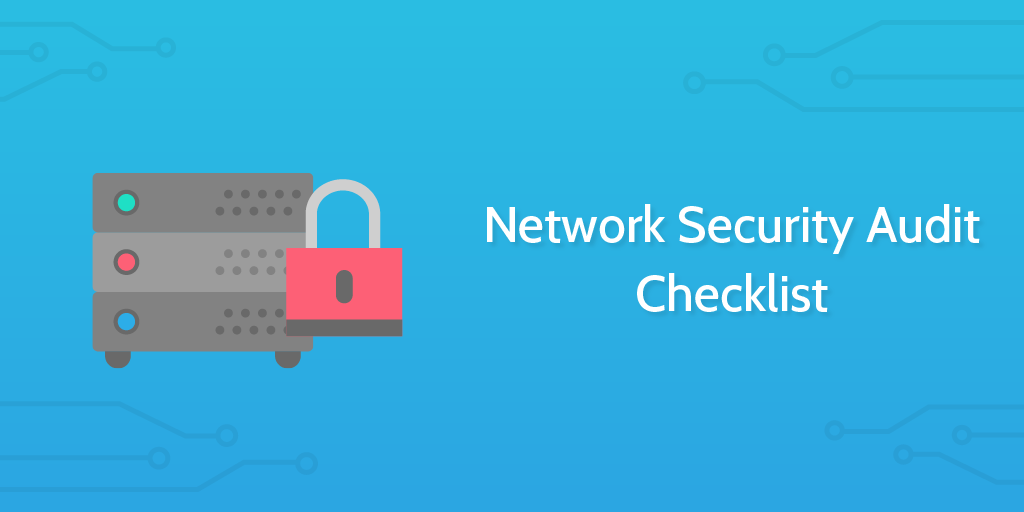This Process Street network security audit checklist is engineered to be used to assist a risk manager or equivalent IT professional in assessing a network for security vulnerabilities.
This specific process is designed for use by large organizations to do their own audits in-house as part of an ongoing risk management strategy. However, the process could also be used by IT consultancy companies or similar in order to provide client services and perform audits externally.
This Process Street network security audit checklist is completely editable allowing you to add or remove steps and the content of steps in order to suit the specific needs of your business.
Throughout the checklist, you will find form fields where you can record your data as you go. All information entered within the form fields on a Process Street checklist is then stored in a drag-and-drop spreadsheet view found within the template overview tab. This spreadsheet allows you to record information over time for future reference or analysis and can also be downloaded as a CSV file.
This security audit is engineered to provide a global overview of the needs of the network, yet you might find that within certain tasks there is space for a further process or need for a process. If you wish to add a further series of steps within a task, you can use our sub-checklist widget to provide a run through of how to tackle a specific overall task. Alternatively, if you require an independent process, you can simply make one within Process Street and link back to it within this template.
If you want a short introduction to network security audits you can watch the video below:



